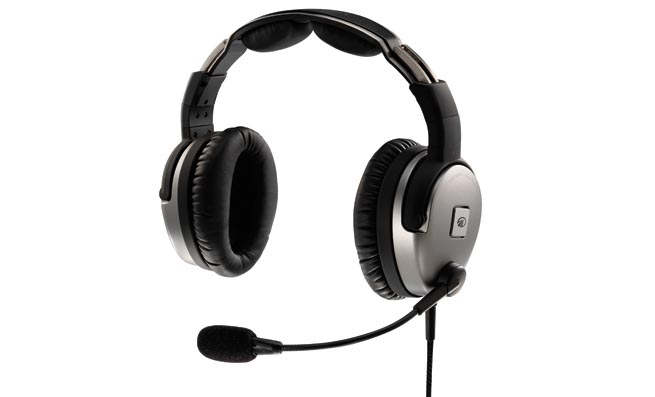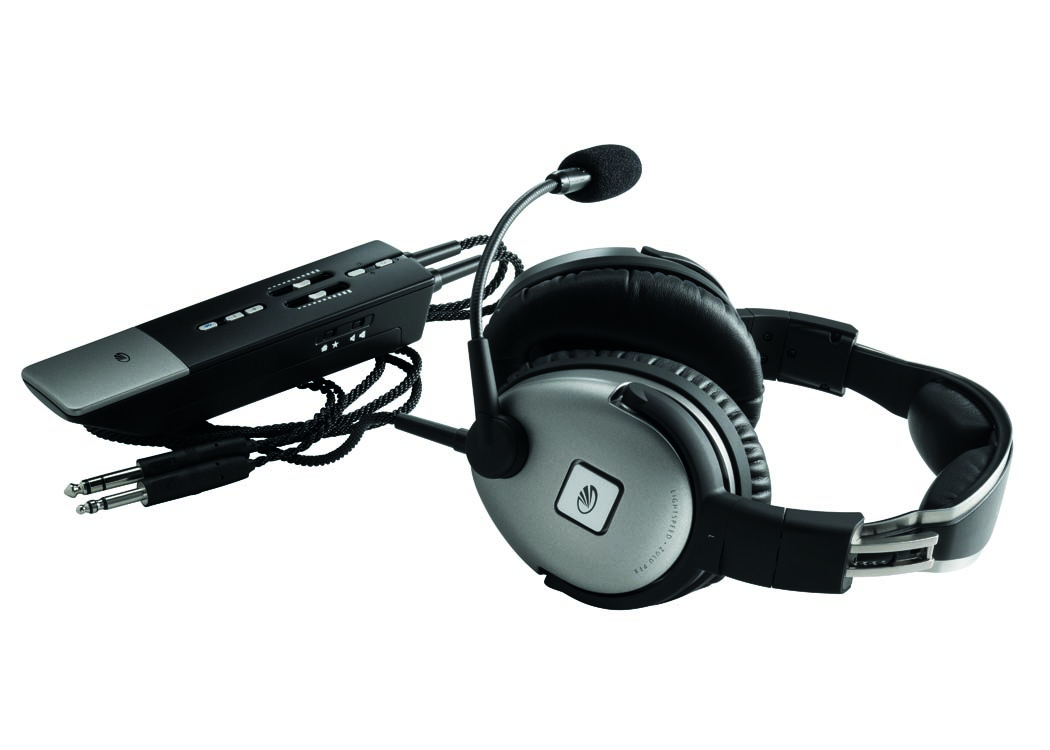
I cupped the headset over my ears and listened for the startup sequence: beeping, static, and then a pause. Then the engine noise around me turned down a notch. After about five seconds, it turned down again. Quiet.
Lightspeed’s new Zulu PFX (for Personalized Flying Experience) had been mapping the acoustic landscape of my ears to deliver customized active noise reduction that adapts to a user’s ear, surroundings, and preferences. At every startup, the new headset uses acoustic response mapping to adjust its audio responses to a pilot’s “unique auditory landscape,” according to Lightspeed, which announced the new product at EAA AirVenture July 29.
Lightspeed Executive Vice President of Sales and Marketing Teresa De Mers had turned up the volume on engine noise the company had pumped into the Lightspeed tent to show me a pre-production prototype of what Lightspeed is calling the world’s quietest, most personal headset. The company has a few software refinements to make before it begins shipments at the end of September, but even after purchasing the headset, customers will be able to download software updates using a USB port in the battery pack/processor.
Traditional active noise reduction headsets cancel frequencies within a certain spectrum, but the Zulu PFX takes the technology a step further, De Mers said. Microphones on the outside of the ear cups continuously sample cockpit noise, and the digital processor analyzes the inputs to adapt the headset’s responses for every phase of flight. Lightspeed calls this “Streaming Quiet” dynamic ANR.
In addition to adapting to the environment, the headset adapts to each user upon startup and allows pilots to control their preferences using the FlightLink app for iPhone and iPad. Audiophiles can adjust bass and treble levels, and pilots can adjust their intercom priority options for Bluetooth and wired input. One option boosts frequencies common to human speech, and in-flight recording can be done through the app.

Since the battery pack also contains the central processing unit for the headset, it’s rather bulky, but Lightspeed mitigates this drawback by making it well suited to fit in a pocket: The cables come out of one side, and threaded inserts with mounts on the back allow it to clip on to a map pocket or similar spot. De Mers said the company also moved some of the processing from the headset itself to the battery box, making it lighter on the head.
In another innovation for the headset, the Zulu PFX cables have a strong, Kevlar core; with individual strands threaded like a rope, they’re also quite flexible.
“Zulu PFX is the result of over two years of development and we are excited about the improvements we can offer pilots in their flying experience as a result,” said Allan Schrader, president of Lightspeed Aviation, in a media release. “We look forward to sharing this with all of the attendees here at AirVenture this week, and in the months to come as more pilots have the chance to ‘get personal’ with Zulu PFX.”
The Zulu PFX retails at $1,100, and Lightspeed is taking preorders at EAA AirVenture.


